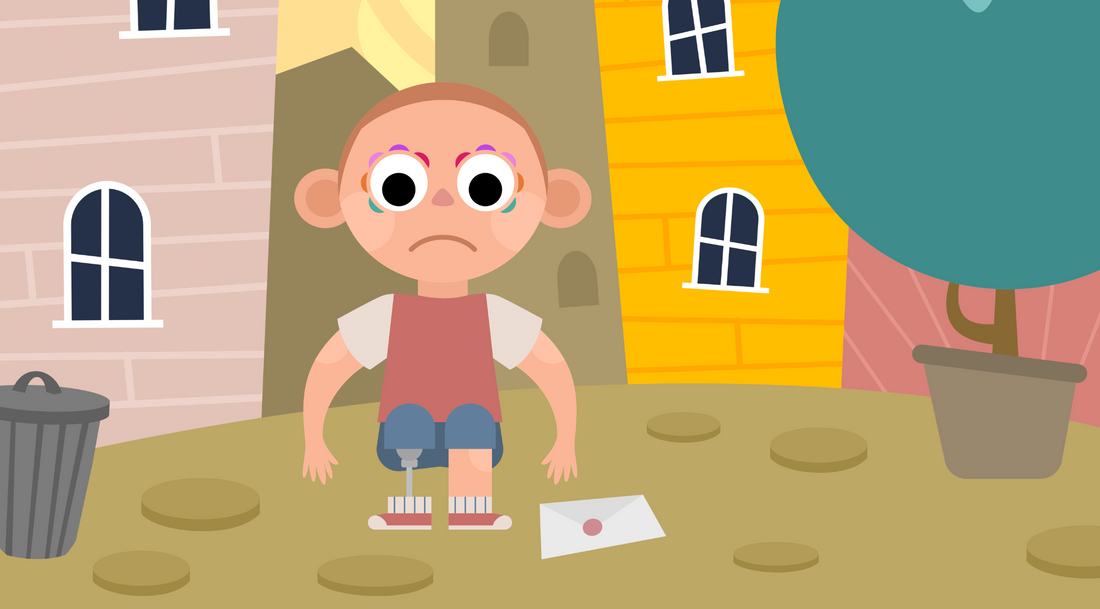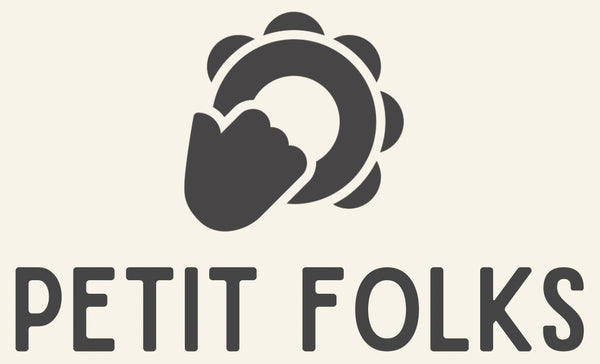
Tantrums and Speech: How They Are Connected
Share
Tantrums are a natural part of child development, but did you know that speech development can directly influence their frequency and intensity? Little ones feel many emotions, but they don’t always have the tools to express them with words. This can lead to frustration and, ultimately, tantrums.
🗣️ Speech as a Tool to Reduce Frustration
I won’t lie to you… in these early years, tantrums are inevitable. But as children learn to communicate better, they gain more ways to express what they feel and need. And when they manage to put their emotions into words, frustration decreases.
That’s why it’s essential to surround them with stimuli that naturally support their language development: songs, stories, games, and everyday conversations. Turning learning into something playful and spontaneous helps them integrate new words effortlessly while having fun.
🧠 How Can We Support Them?
Here are some strategies:
✅ Name their emotions: “I see that you’re upset because you don’t want to leave that toy.”
✅ Offer clear choices: “Do you prefer to play with the ball or the blocks?” This helps them feel understood and gives them some control over the situation.
✅ Encourage language through play: Word games, songs, and stories not only enrich their vocabulary but also help them associate words with emotions and experiences.
Every word they learn is another tool for communication and feeling understood. At Petit Folks, we believe in resources that stimulate language in a fun and respectful way because we know that playing and learning go hand in hand. Explore our ideas and discover new ways to support their development.
